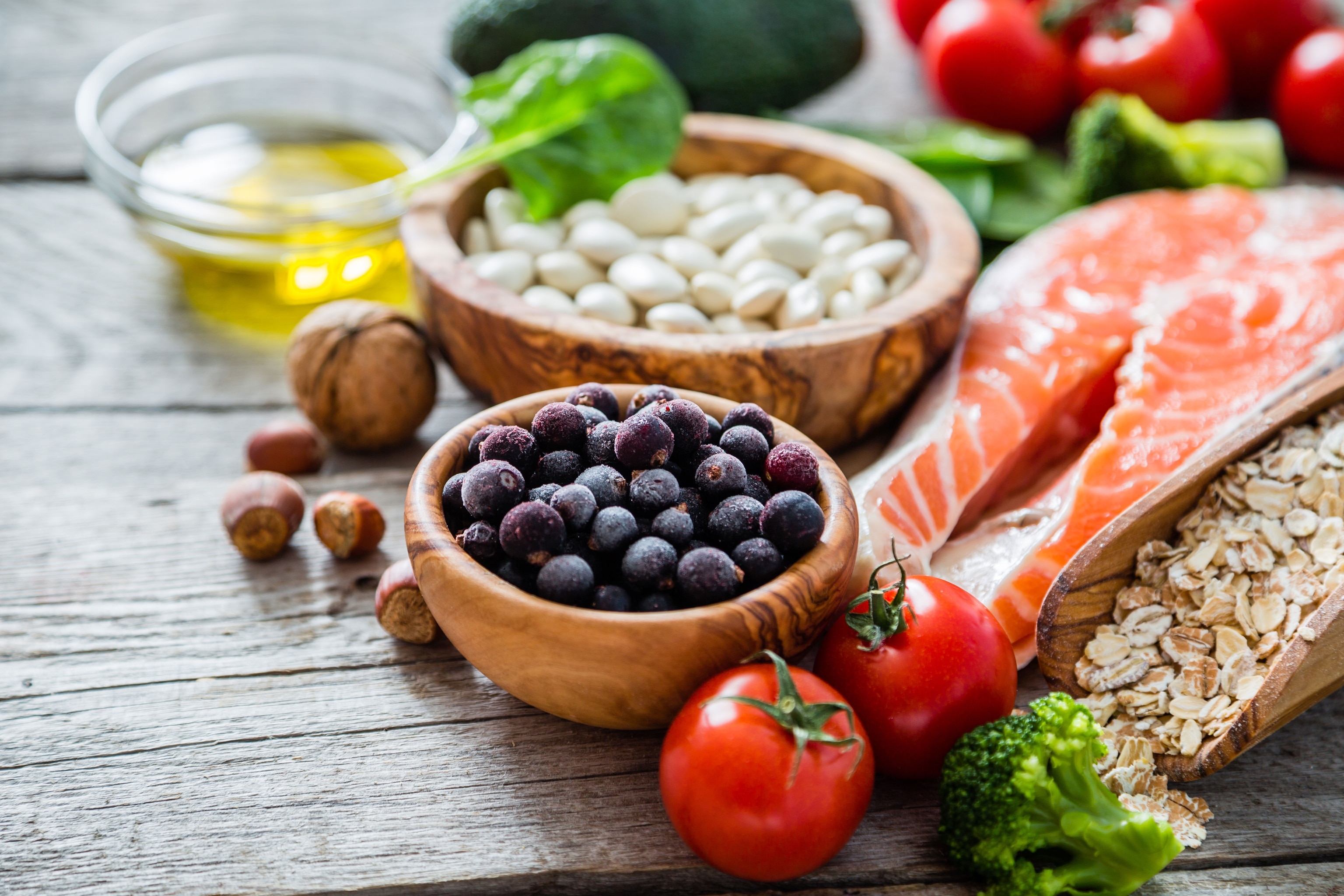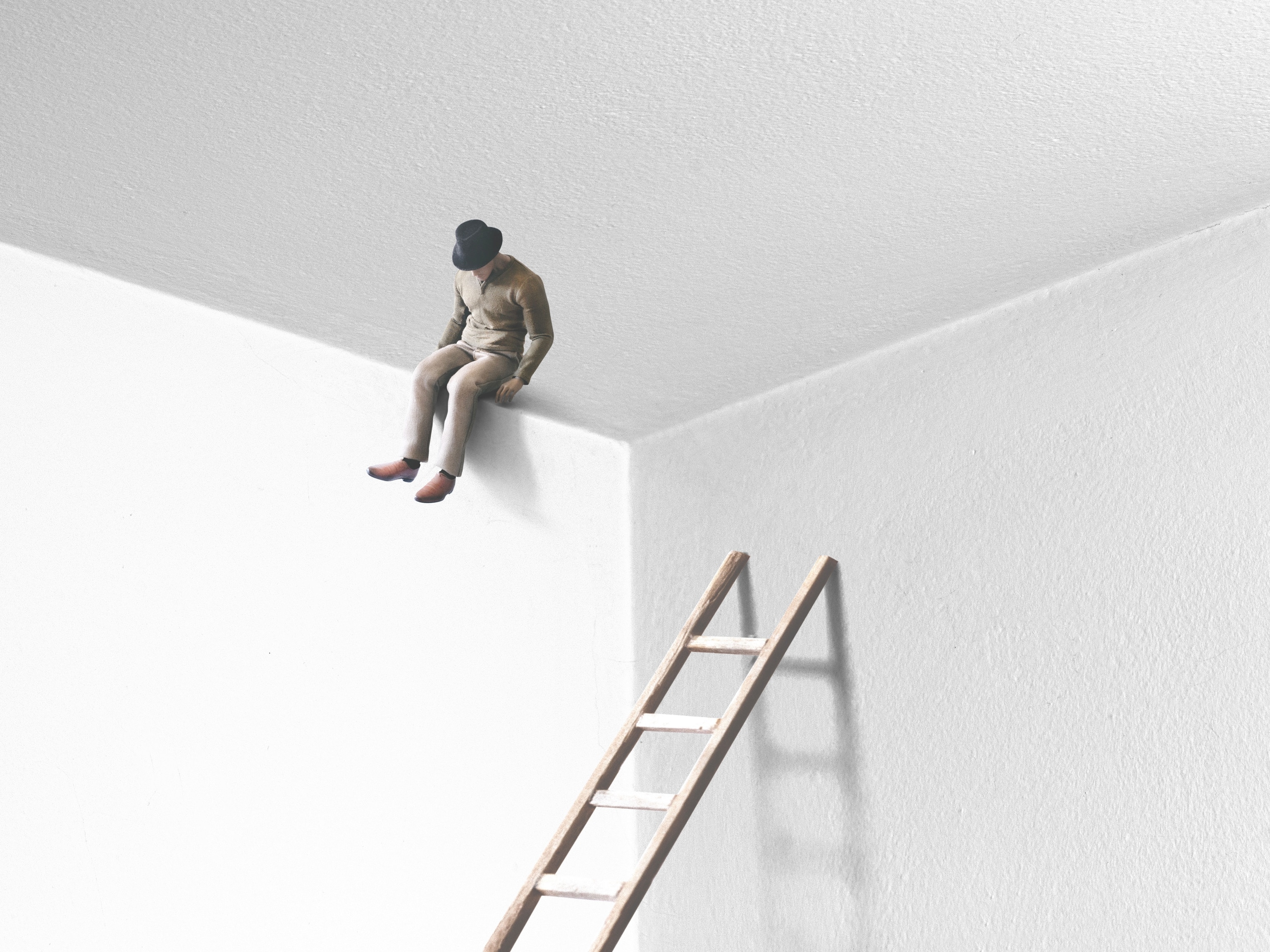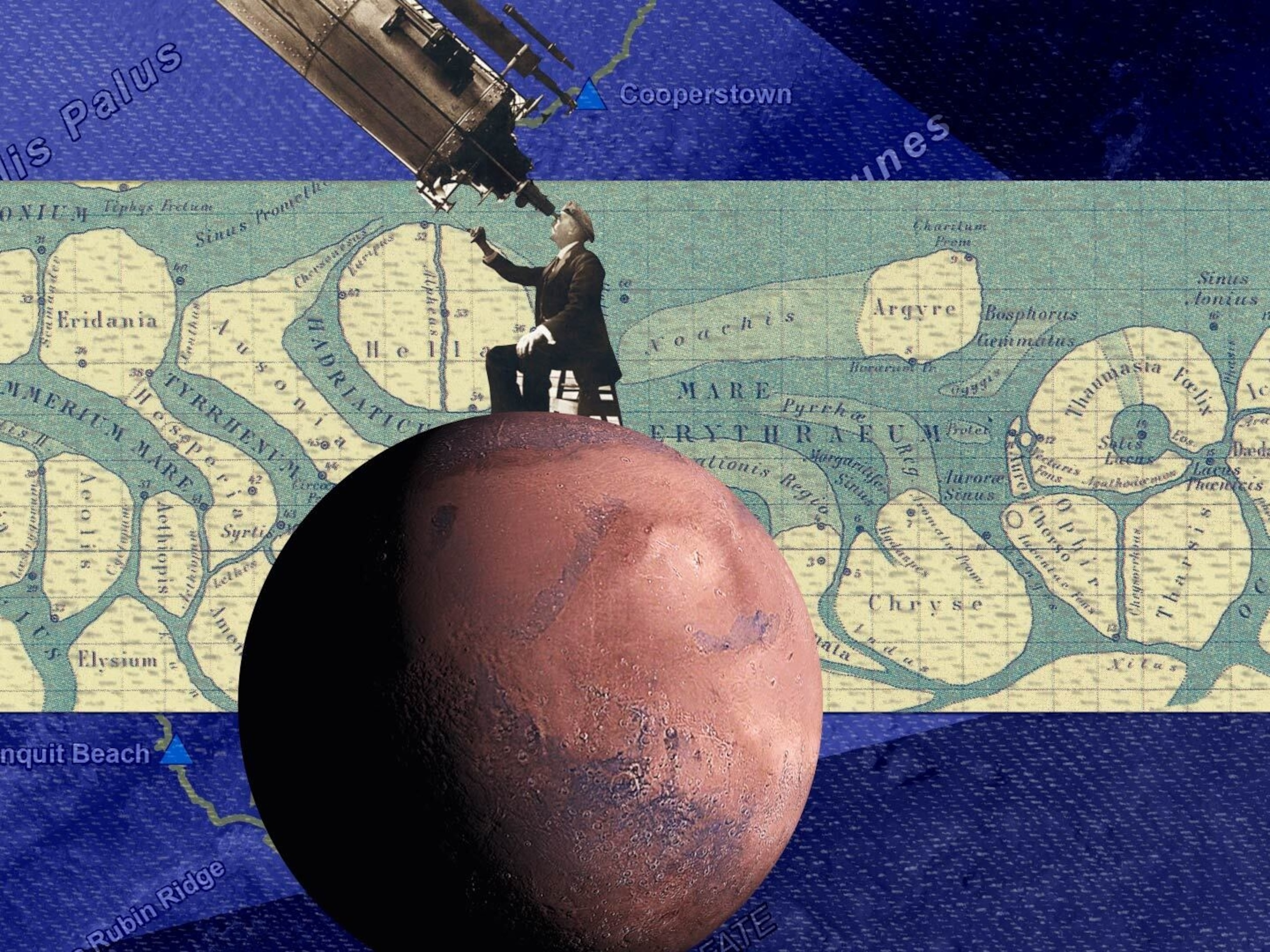
In 1877, Thomas Edison invented the phonograph, becoming the first person ever to record and reproduce his own voice. In 1895, the Edison Company created one of the earliest sound “movies”—a 17-second clip that showed one man playing a violin while two others danced nearby. For 125 years, in other words, it has been possible to record audio and visual scenes and play them back with reasonably high fidelity. But in the entire history of humanity, there has been no way of recording and reproducing the taste of a food or beverage—that is until last year with the advent of Homei Miyashita’s “Taste Display.” The invention by Miyashita, a scientist at Meiji University in Tokyo, is a 21st-century analogue of a phonograph—one that plays back tastes rather than sounds.
(Kiki or Bouba: What Is the Shape of Your Taste?)
Miyashita has a longstanding interest in food and taste. His curiosity about ingredients was piqued as a child when his mother wrote a recipe book. He has carried out his own research at Meiji University as one of the founders of the Frontier Media Science program, which explores the interface between technology and the human senses. In 2012, he and a former PhD student Hiromi Nakamura (now on the University of Tokyo faculty), developed an “electric fork” that was originally intended to enhance the flavor of hospital food—the idea being to make food taste saltier, for instance, without actually adding salt, thereby avoiding possibly adverse health consequences.
That was an early step for Miyashita, who had bigger, more ambitious plans. Whereas the electric fork could make food taste saltier or sourer, the Taste Display could reproduce any flavor one might care to conjure up. Here’s how it works, starting with a bit of anatomy: The human tongue has separate receptors for detecting the five basic tastes—sweet, sour, bitter, salty, and umami. Miyashita’s device has five different gels, each containing an electrolyte solution that causes the tongue, upon contacting the surface, to sense one of those flavors at an intensity that is readily adjustable. Each gel is connected to a separate (exceedingly weak) electric current, and the taste associated with that gel diminishes when the current is turned up. A sixth, tasteless gel is also included as a buffer that keeps the overall current level—and the associated stimulation of the tongue—constant at all times.


By adjusting the current strengths for all six gels, which can be done automatically, the taste of a chocolate milkshake or a sirloin steak or any other desired treat can be experienced through the use of this device without any caloric intake.

The Taste Display initially took the form of a rod that resembles a hand-held microphone with a surface that’s designed to be licked rather than talked into. But Miyashita already has an early version of a mask, which affords a user continuous contact with the flavor-imparting surface, as part of a virtual reality system. He also has developed a “lickable screen” that can be incorporated onto a cell phone, allowing a person to watch a cooking show, for example, while tasting various samples.
“Or someone looking at a recipe on a website could find out what that dish tastes like,” he says. “We now have smartphones with cameras, displays, microphones, and speakers. But we’ll soon be able to go further and upload and download our taste experiences.”
That’s a brief introduction to the taste reproduction part of the story, but what about the recording end of things? Miyashita is currently using commercially available “taste sensors” that provide a quantitative measure of the five flavor components of any food that is sampled. He developed equations that convert that taste data into a corresponding current strength for each of the five flavors.

Present-day taste sensors are bulky machines that are rather slow at turning out results. Miyashita is exploring faster, more portable ways of taste recording—perhaps through the use of a thermometer-like device that can be dipped into food, giving quick readouts of the distinct flavor components. A portable “salt-meter” like this already exists, and it could be adapted to measure other flavors too. Within 10 years, he predicts, we should be able to instantly record and reproduce taste information.
Eating, however, is about more than just sensing the five basic flavors in their myriad combinations. Smell is also an important part of the gustatory experience, and Miyashita is already experimenting with “smell displays.” He’s also looking into the sensation of touch, examining how a particular food feels in your mouth. To this end, he’s working on 3D printing, using not just smooth plastic but a range of materials that have varying degrees of roughness. “By combining that with our taste research,” he says, “we hope to reproduce the texture you feel while eating.”

“But there’s only so much you can do,” he admits. “You could watch a travel video, but that probably won’t eliminate your desire to visit a foreign land. Nor would listening to a record necessarily satisfy your urge to hear live music.” And so, too, it is with taste. Technology can, of course, do marvelous things—his lab being a prime example. But there’s also something to be said for a good home-cooked meal, Miyashita says, perhaps drawn from the pages of his mother’s recipe book.







